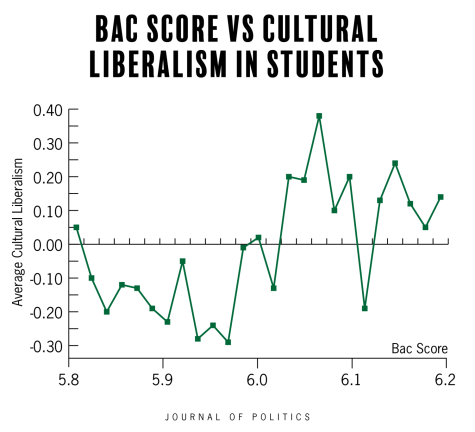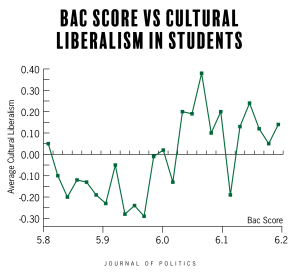You can now look at the world through the eyes of a crab, literally — thanks to UT-Austin researchers
August 3, 2022
Editor’s note: This article first appeared in the August 2, 2022 flipbook.
UT researchers helped to develop a method to see through the eyes of a fiddler crab, a creature that has a unique and clear panoramic visual field, by creating a new type of camera.
Young Min Song, a corresponding author of the research, said in an email that the researchers wanted to recreate the fiddler crab’s amphibious vision system primarily because it maintains a clear image regardless of the crab’s surroundings, something that is unique to this particular crab. Researchers said this technology can be used to help improve artificial intelligence or could be applied in medical or military settings.
“Crab eyes have two unique features: amphibious imaging and panoramic imaging,” said Song, an assistant professor of electrical engineering and computer science at the Gwangju Institute of Science and Technology in South Korea. “We have developed the artificial eyes with these two distinct characteristics. In this point of view, potential applications could be motion detection or obstacle avoidance.”
Gil Ju Lee, co-author of the paper, said in an email that the fiddler crab’s eyes are also unique because its eyes sit on stalks, which contribute to the creature’s panoramic vision capabilities. To recreate this characteristic in the artificial system, researchers had to determine a new process to create the camera’s panoramic image sensor array, which is similar to a lens.
“To realize such a panoramic field of view using the conventional cameras, the strategy to make a bundle of cameras can be used, but it leads to a bulky, heavy and complicated imaging system,” said Lee, assistant professor of electronics engineering at Pusan National University in South Korea. “However, our artificial vision system inspired by the eyes of fiddler crabs nearly perfectly mimics the amphibious and panoramic imaging features with a very small size (~ 2 cm in diameter) and simple configuration.”
Nanshu Lu, associate professor of biomedical engineering at UT, said she and her team worked with the other researchers to create the sensor array’s mechanical design, focusing on maintaining both the optical functionality and structural shape of the sensor.
“We had to build the spherical and comb-shaped structure (of the image sensor array) with a lot of bending and wrapping,” Lu said. “That involves some mechanical strain that can rupture the intrinsically brittle silicone (used to make the array).”
Lu said she believes the methods her team used to develop the sensor array can be applied to artificial intelligence to capture more high-quality, focused images, leading to improved image-processing technology. In addition to artificial intelligence applications, the visual system may eventually be used to assist medical and military personnel who work on land and in water.
“If we can have these high capability, artificial eyes, they can be mounted as a camera on the helmets or the headsets for (first responders or soldiers),” Lu said. “That would capture much better images that can inform the decision-making for those kinds of critical conditions and situations.”









